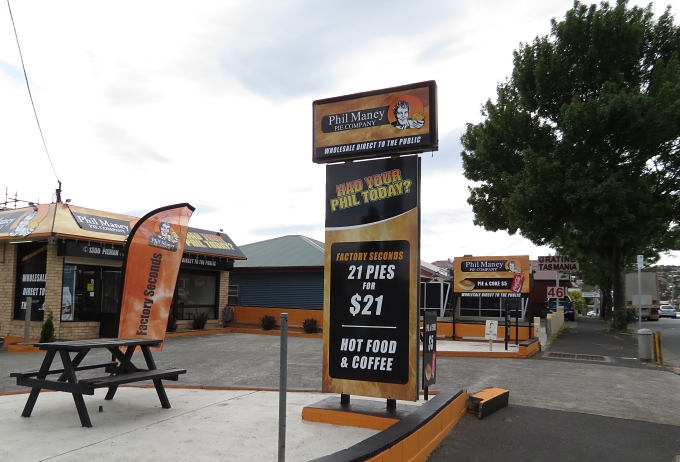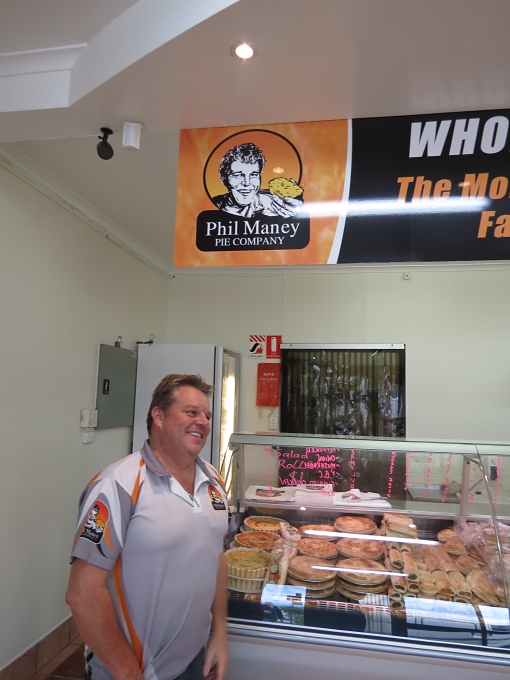At the supermarket
/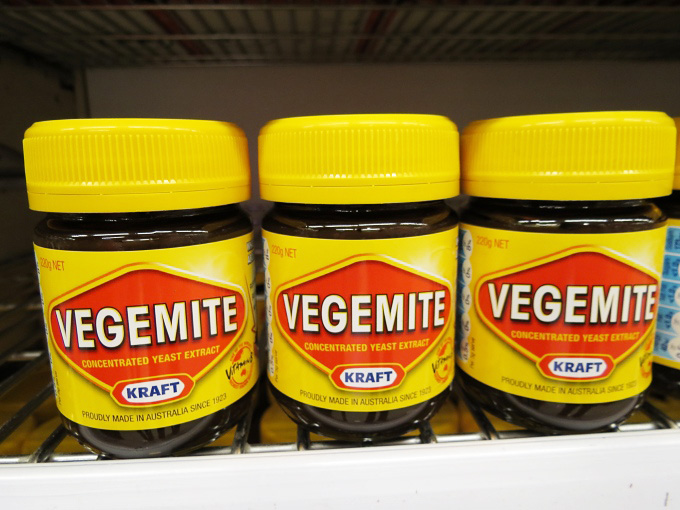 I used to hate grocery shopping in the US. The same old routine week in-week out. But I love going to the supermarket in another country. Rather than just throwing stuff into a cart for the week's meals, shopping in a new country is foraging for food. It's exploring. It's an adventure.
Australia is no exception. The whole experience is one I enjoy from start to finish. Well, maybe lugging all the groceries a mile with our backpacks stuffed to bursting and our aching arms laden with bags full of food isn't fun, but the shopping part is enjoyable. First off, shopping carts are called trolleys here and the wheels seem to move in all directions at once. You can understand why this is an adventure for me. I can't even control the cart...I mean trolley.
I used to hate grocery shopping in the US. The same old routine week in-week out. But I love going to the supermarket in another country. Rather than just throwing stuff into a cart for the week's meals, shopping in a new country is foraging for food. It's exploring. It's an adventure.
Australia is no exception. The whole experience is one I enjoy from start to finish. Well, maybe lugging all the groceries a mile with our backpacks stuffed to bursting and our aching arms laden with bags full of food isn't fun, but the shopping part is enjoyable. First off, shopping carts are called trolleys here and the wheels seem to move in all directions at once. You can understand why this is an adventure for me. I can't even control the cart...I mean trolley.
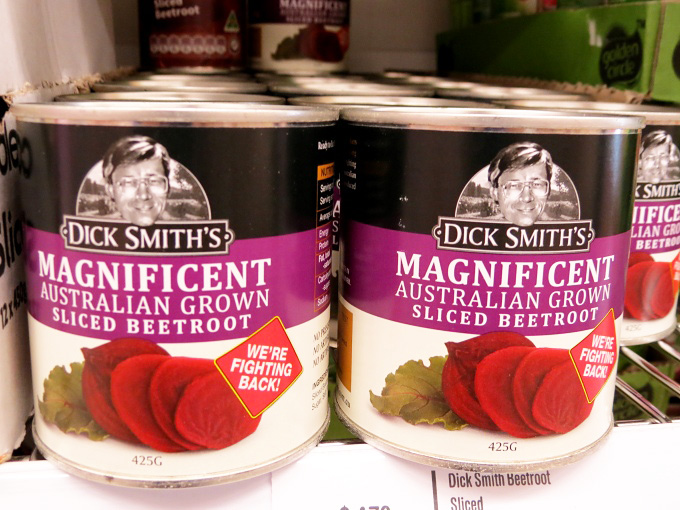 I see veggies I know, but unless the signs have a picture to accompany them, I have no idea what vegetable the signs are referring to. For instance, I noticed that witlof and Swedes were on sale the other day. Witlof...no idea. I know lots of Swedes, but doubt they'd be for sale. Turns out, witlof is endive. Swedes are yellow turnips aka rutabagas. Swede is the Swedish word for turnip. Now why would they call themselves turnips, I wonder? And so it goes. Courgettes are zucchini and aubergine is eggplant, both French words. Green and red peppers are green and red capsicum. Then there's beetroot which are beets and silverbeet which is chard, not to be confused with silverside which we'd call a rump roast. Hamburger or any ground meat is called mince...beef mince, pork mince, turkey mince, kangaroo mince. You get the hang of it after awhile, but it's an interesting learning experience. Carrots are called carrots.
I see veggies I know, but unless the signs have a picture to accompany them, I have no idea what vegetable the signs are referring to. For instance, I noticed that witlof and Swedes were on sale the other day. Witlof...no idea. I know lots of Swedes, but doubt they'd be for sale. Turns out, witlof is endive. Swedes are yellow turnips aka rutabagas. Swede is the Swedish word for turnip. Now why would they call themselves turnips, I wonder? And so it goes. Courgettes are zucchini and aubergine is eggplant, both French words. Green and red peppers are green and red capsicum. Then there's beetroot which are beets and silverbeet which is chard, not to be confused with silverside which we'd call a rump roast. Hamburger or any ground meat is called mince...beef mince, pork mince, turkey mince, kangaroo mince. You get the hang of it after awhile, but it's an interesting learning experience. Carrots are called carrots.
 There are so many differences despite the fact we ostensibly speak the same language. Something as mundane as a baking cup, i.e. cupcake paper, is called a patty pan, unless it's for a muffin which is larger than a cupcake here and then it's called a muffin “case”. Frosting is icing, so confectioner's sugar is icing sugar. Skim milk is trim milk. Jellos are called jellies and looking in the jelly/jam area, they don't have jelly at all. They have conserve, preserve and jam, but no jelly...well, maybe mint jelly, but that's in a different area.
There are so many differences despite the fact we ostensibly speak the same language. Something as mundane as a baking cup, i.e. cupcake paper, is called a patty pan, unless it's for a muffin which is larger than a cupcake here and then it's called a muffin “case”. Frosting is icing, so confectioner's sugar is icing sugar. Skim milk is trim milk. Jellos are called jellies and looking in the jelly/jam area, they don't have jelly at all. They have conserve, preserve and jam, but no jelly...well, maybe mint jelly, but that's in a different area.
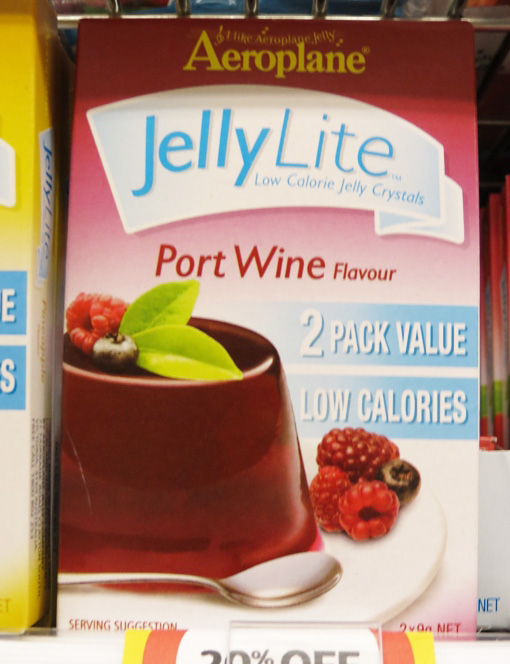 Speaking of gelatin desserts, they have some odd flavors here: port wine, bubblegum and blue heaven. They have a breakfast cereal brand called Sanitarium. That's crazy.
Speaking of gelatin desserts, they have some odd flavors here: port wine, bubblegum and blue heaven. They have a breakfast cereal brand called Sanitarium. That's crazy.
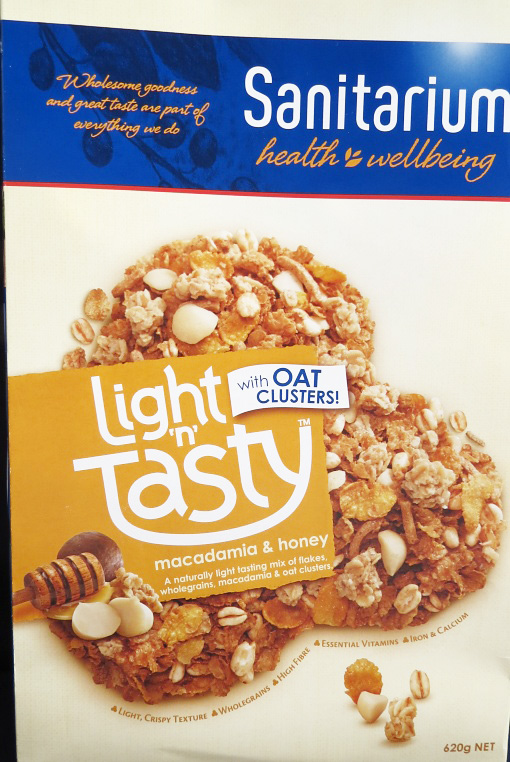 In the candy aisle, they have lollies and gum, of course, and I've found that their black licorice is really good. I also discovered a “musk-flavored stick”which I did not buy. What do you suppose “musk” tastes like? When I think musk, I think aromatic glandular secretion... definitely not a candy flavor.
In the candy aisle, they have lollies and gum, of course, and I've found that their black licorice is really good. I also discovered a “musk-flavored stick”which I did not buy. What do you suppose “musk” tastes like? When I think musk, I think aromatic glandular secretion... definitely not a candy flavor.
 Then of course, there's Vegemite. We have nothing comparable to it in the US except that we tend to eat as much peanut butter per capita as Aussies eat Vegemite. What exactly is Vegemite? Good question...I think it's a distant relative of Spam. Actually, it's a dark brown pasty substance made from yeast extract, a by-product of beer production. Beer is produced in great quantity in Australia and hence there's lots of by-product for Vegemite. It comes in tubes and all size jars. Folks use Vegemite as a spread on bread, toast and crackers. Children are raised on it. Some people, I'm told, just eat it out of the jar. You can make a sandwich with it. You can add it to your gravy. You can mix it with boiling water and have a vitamin B-rich broth. There's Aussie-Mite and OzEmite and several others, but Kraft makes the real thing. A good deal of supermarket shelf space is allotted to Vegemite-type products. They say it's an acquired taste. I think we should buy some and give a try. Read that: Marcie will buy it and David will try it. It could be a YouTube moment.
Then of course, there's Vegemite. We have nothing comparable to it in the US except that we tend to eat as much peanut butter per capita as Aussies eat Vegemite. What exactly is Vegemite? Good question...I think it's a distant relative of Spam. Actually, it's a dark brown pasty substance made from yeast extract, a by-product of beer production. Beer is produced in great quantity in Australia and hence there's lots of by-product for Vegemite. It comes in tubes and all size jars. Folks use Vegemite as a spread on bread, toast and crackers. Children are raised on it. Some people, I'm told, just eat it out of the jar. You can make a sandwich with it. You can add it to your gravy. You can mix it with boiling water and have a vitamin B-rich broth. There's Aussie-Mite and OzEmite and several others, but Kraft makes the real thing. A good deal of supermarket shelf space is allotted to Vegemite-type products. They say it's an acquired taste. I think we should buy some and give a try. Read that: Marcie will buy it and David will try it. It could be a YouTube moment.



